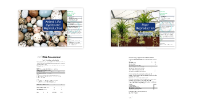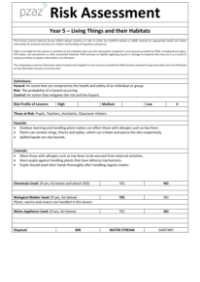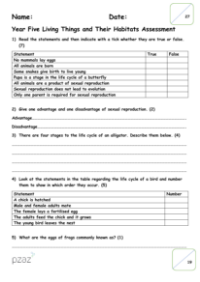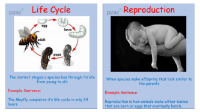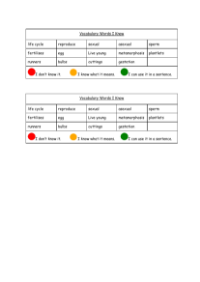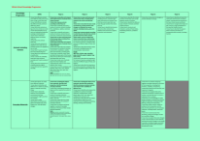Living Things and their Habitats - Answers

Science Resource Description
The worksheet for Year Five on Living Things and Their Habitats includes a series of questions designed to test students' understanding of reproduction in animals and plants, as well as the life cycles of various organisms. The first section asks students to read statements and determine their truthfulness, such as whether mammals lay eggs or if all animals are born rather than hatched. It also explores concepts like the stages in a butterfly's life cycle, the nature of sexual reproduction, and its role in evolution. Students must also identify misconceptions, such as the false idea that only one parent is required for sexual reproduction.
Students are asked to consider the advantages and disadvantages of sexual reproduction, noting that it allows for evolutionary change and reduces the likelihood of certain diseases, but also requires significant time and energy investment from parents. The life cycle of an alligator is described in four stages, starting from egg laying to reaching adulthood. The life cycle of a bird is similarly explored, with students sequencing the stages from mating to the young leaving the nest. Additional questions cover the terminology for frog eggs, known as spawn or frogspawn, and plant reproduction, including the role of pollen and the stigma in seed formation. Students are also tasked with describing a method of asexual reproduction in plants and naming various methods of seed dispersal, such as wind, water, animal transport, gravity, and explosive mechanisms.

